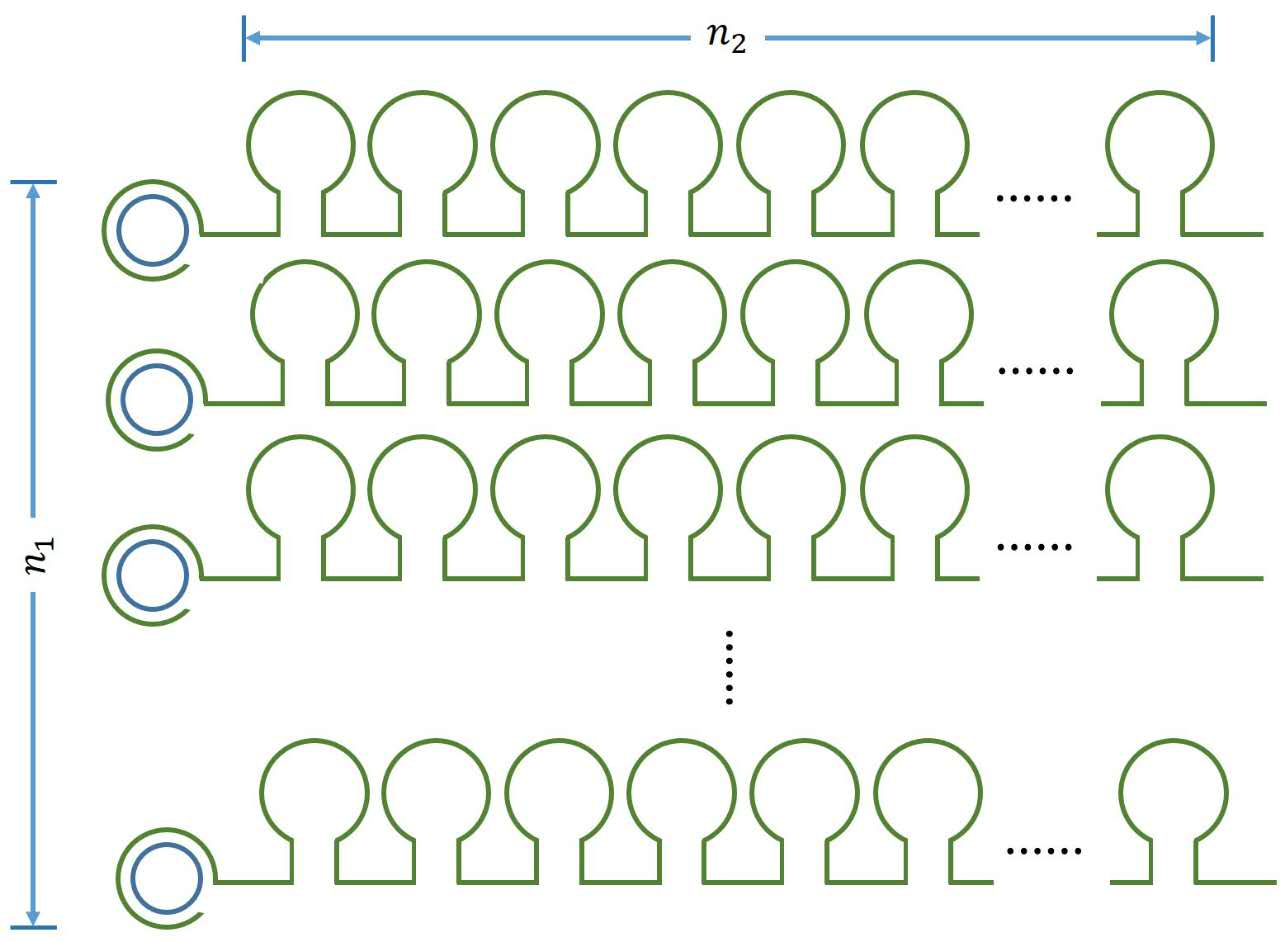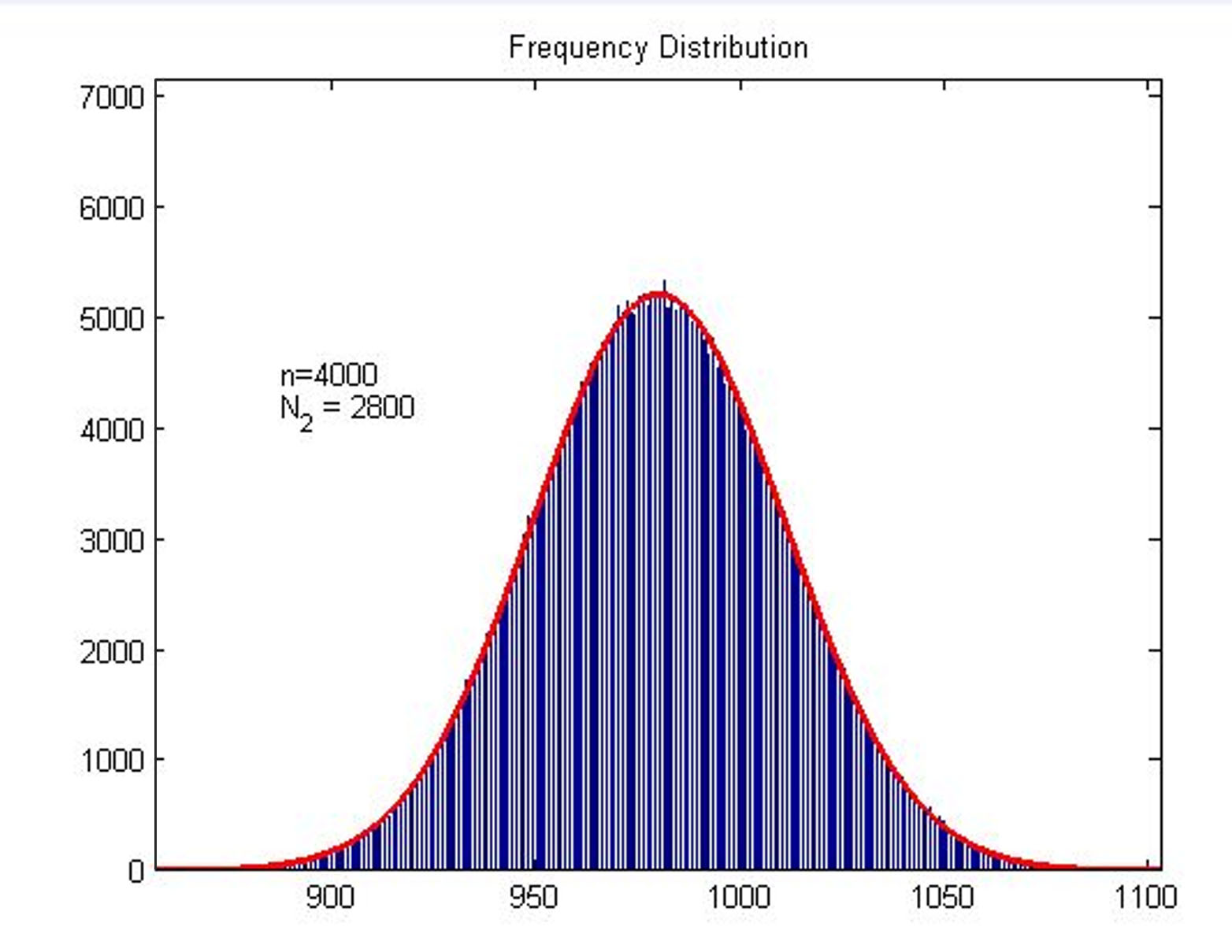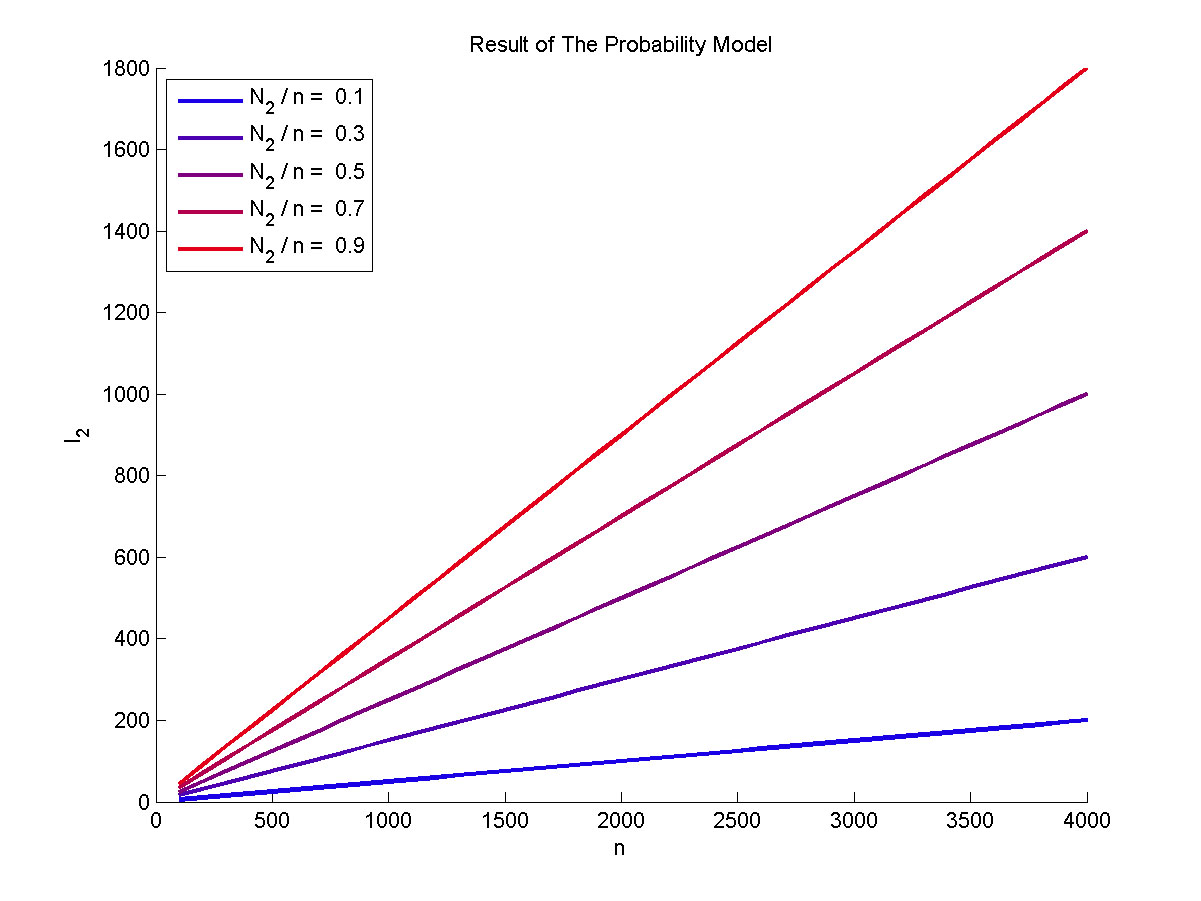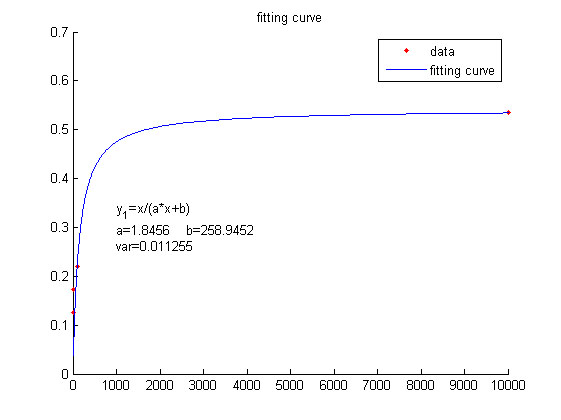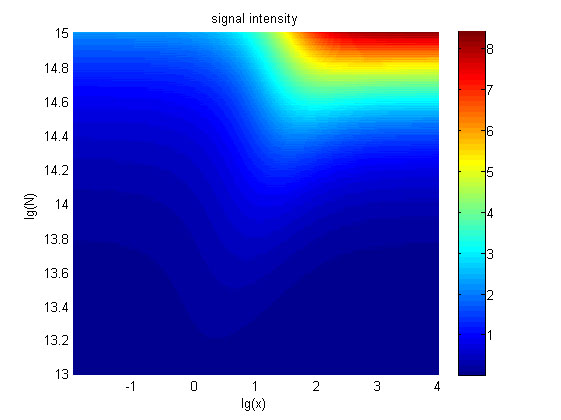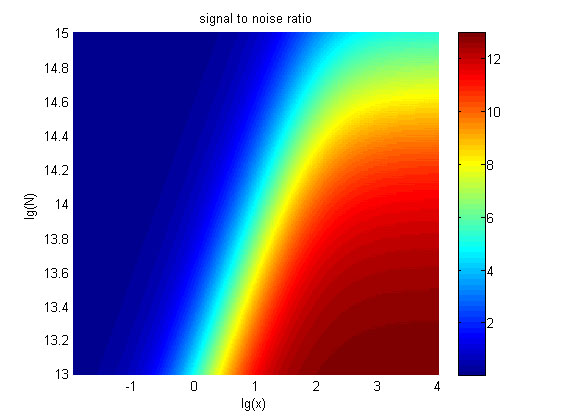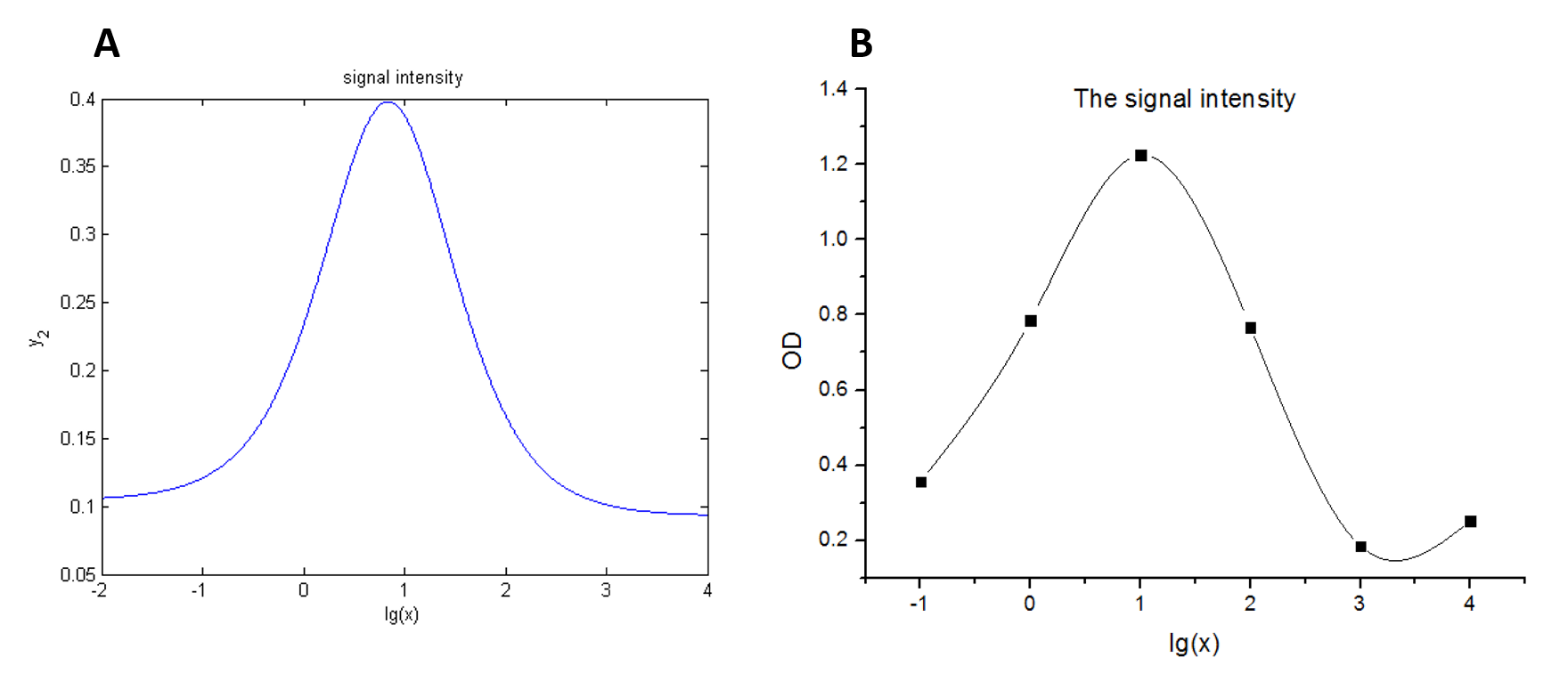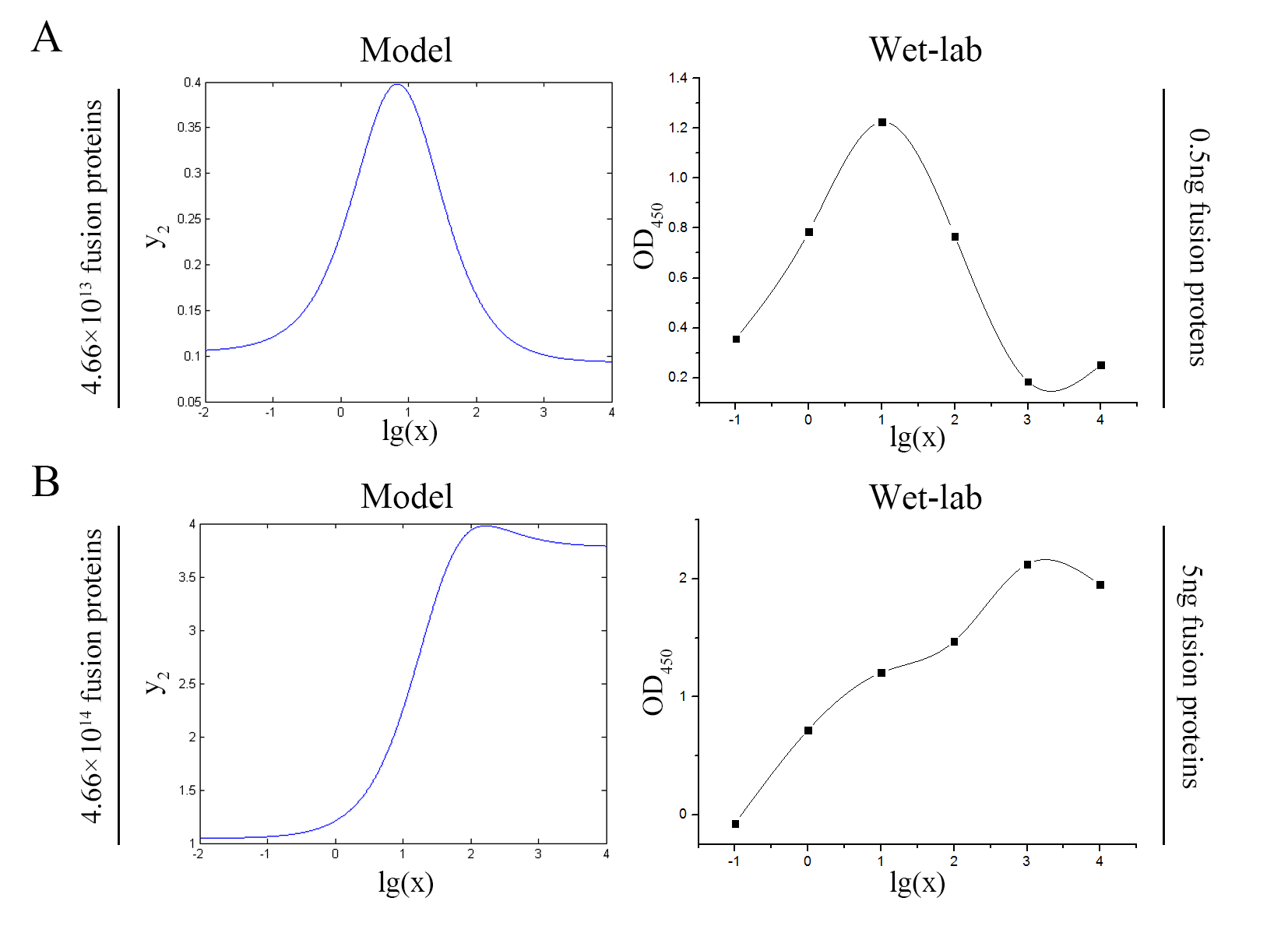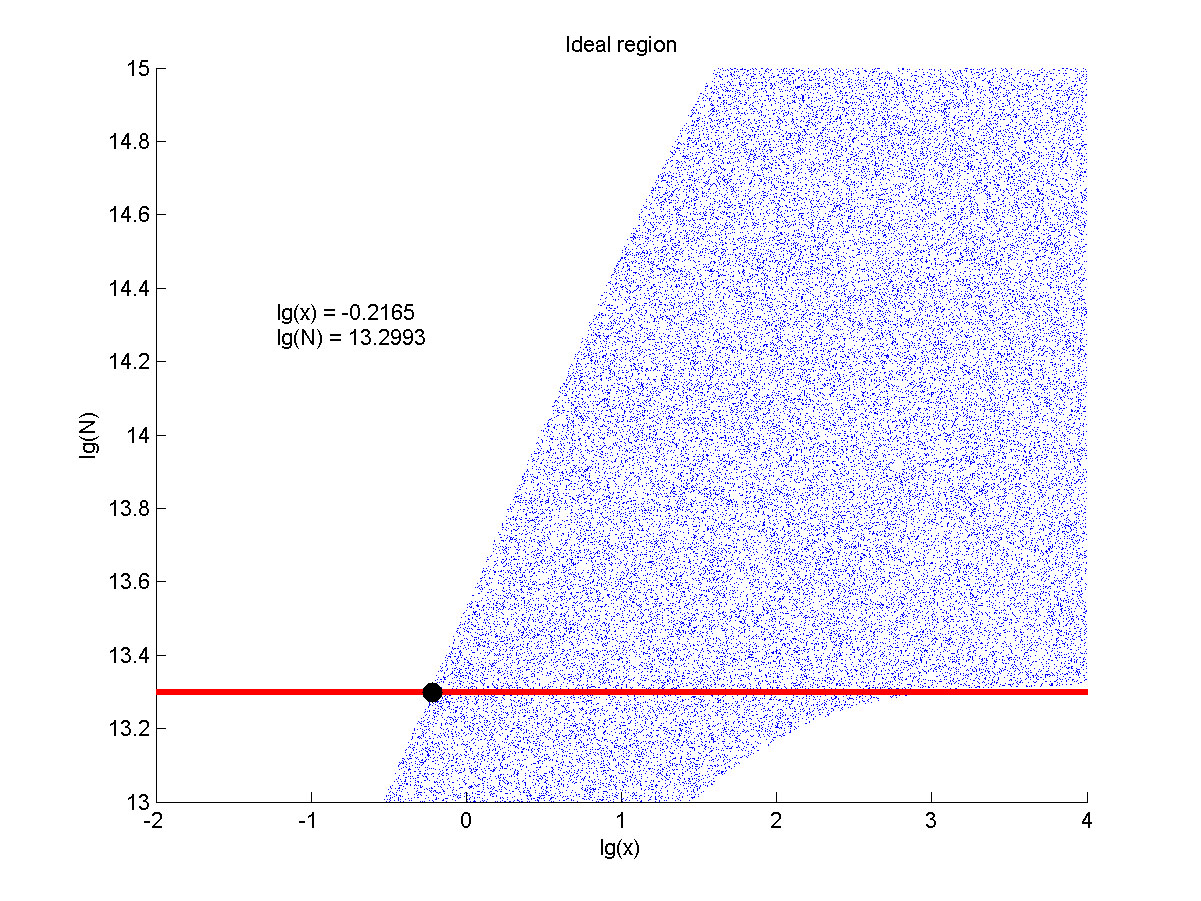Zhuchushu13 (Talk | contribs) |
Zhuchushu13 (Talk | contribs) |
||
| Line 388: | Line 388: | ||
model is created to evaluate the effectiveness of initial design, and offers | model is created to evaluate the effectiveness of initial design, and offers | ||
| − | guidelines about how the system can (or must) be improved. (You can go | + | guidelines about how the system can (or must) be improved. (You can go<a |
| − | page to see more.) The core idea is to simulate the process of producing the | + | href="/Team:NUDT_CHINA/Design">PROJECT. page</a><br/> to see more.) The core |
| + | |||
| + | idea is to simulate the process of producing the | ||
signal which can be detected, and draw a conclusion by obtaining the | signal which can be detected, and draw a conclusion by obtaining the | ||
| Line 1,036: | Line 1,038: | ||
<!--正文--> | <!--正文--> | ||
<p style="text-indent:22pt;"> | <p style="text-indent:22pt;"> | ||
| − | <span style="line-height:2;font-family:Perpetua;font-size:18px;">Firstly, we assume that there is a linear relationship between the | + | <span style="line-height:2;font-family:Perpetua;font-size:18px;">Firstly, we |
| + | |||
| + | assume that there is a linear relationship between the | ||
concentration of the initiated probes and miRNA as the combination reaction | concentration of the initiated probes and miRNA as the combination reaction | ||
| Line 1,205: | Line 1,209: | ||
<!--正文--> | <!--正文--> | ||
<p style="text-indent:22pt;"> | <p style="text-indent:22pt;"> | ||
| − | <span style="line-height:2;font-family:Perpetua;font-size:18px;">Firstly, it is obvious that there is a linear relationship between | + | <span style="line-height:2;font-family:Perpetua;font-size:18px;">Firstly, it is |
| + | |||
| + | obvious that there is a linear relationship between | ||
the molecule number of formed intact HRP proteins in the solution (consider as | the molecule number of formed intact HRP proteins in the solution (consider as | ||
| Line 1,349: | Line 1,355: | ||
<!--正文--> | <!--正文--> | ||
<p style="text-indent:22pt;"> | <p style="text-indent:22pt;"> | ||
| − | <span style="line-height:2;font-family:Perpetua;font-size:18px;">Notably, under the premise of excessive substrates, | + | <span style="line-height:2;font-family:Perpetua;font-size:18px;">Notably, under |
| + | |||
| + | the premise of excessive substrates, | ||
it is a linear relationship between the reaction rate and the concentration of | it is a linear relationship between the reaction rate and the concentration of | ||
enzymes when we assume that the enzymatic activity remain unchanged with time, | enzymes when we assume that the enzymatic activity remain unchanged with time, | ||
| Line 1,454: | Line 1,462: | ||
<span style="line-height:2;font-family:Perpetua;font-size:18px;">We use | <span style="line-height:2;font-family:Perpetua;font-size:18px;">We use | ||
| − | this equation to fit the data points obtained through experiments. (Figure | + | this equation to fit the data points obtained through experiments. (Figure 2. |
| − | the | + | (D)in the <a href="/Team:NUDT_CHINA/Results">RESULTS.page</a><br/>) The fitting |
| + | |||
| + | curve is shown below.</span> | ||
</p> | </p> | ||
</br> | </br> | ||
| Line 1,559: | Line 1,569: | ||
</br> | </br> | ||
| − | |||
| − | |||
| − | |||
| − | |||
| − | |||
| − | |||
| − | |||
| − | |||
| − | |||
| − | |||
| − | |||
| − | |||
| Line 1,601: | Line 1,599: | ||
</br> | </br> | ||
| + | |||
| + | <!--标题--> | ||
| + | <h3> | ||
| + | <span><span style="color:#7f1015"> Test of model | ||
| + | |||
| + | </span></span><hr /> | ||
| + | </h3> | ||
<!--正文--> | <!--正文--> | ||
<p style="text-indent:22pt;"> | <p style="text-indent:22pt;"> | ||
| − | <span style="line-height:2;font-family:Perpetua;font-size:18px;"> | + | <span style="line-height:2;font-family:Perpetua;font-size:18px;">Our |
| − | + | model predicts the relationship between the signal intensity and the | |
| − | + | concentration of miRNA under the premise of adding a certain amount of the | |
| − | below. </span> | + | fusion proteins of dCas9 and split-HRP fragments. So we can test if our model is |
| + | |||
| + | reasonable by comparing the curves predicted by the model with those obtained | ||
| + | |||
| + | from the experiment. The results are shown below. | ||
| + | </span> | ||
| + | </p> | ||
| + | </br> | ||
| + | |||
| + | |||
| + | |||
| + | <!--图和图注--> | ||
| + | </br> | ||
| + | </html> | ||
| + | [[File:T--NUDT_CHINA--modelfig7-1.jpg|700px|center]] | ||
| + | [[File:T--NUDT_CHINA--modelfig7-2.jpg|700px|center]] | ||
| + | <html> | ||
| + | </br> | ||
| + | <p> | ||
| + | <span style="line-height:2;font-family:Perpetua;font- | ||
| + | |||
| + | size:18px;"><b>Figure 7. Test of model</b> (A) Plot of the signal | ||
| + | intensity (OD<sub>450</sub>) against miRNA concentration (pM) predicted by the | ||
| + | model with the value of the molecule number of the fusion proteins set to be | ||
| + | 4.66e+13. (B)<span> Plot of the | ||
| + | signal intensity (OD<sub>450</sub>) against miRNA concentration (pM) obtained | ||
| + | from the experiment with the value of the molecule number of the fusion | ||
| + | proteins set to be 4.66e+13. (C) Plot of the | ||
| + | signal intensity (OD<sub>450</sub>) against miRNA concentration (pM) predicted | ||
| + | by the model with the value of the molecule number of the fusion proteins set | ||
| + | to be 4.66e+14. (D) Plot of the signal intensity (OD450) against miRNA | ||
| + | concentration (pM) obtained from the experiment with the value of the molecule | ||
| + | number of the fusion proteins set to be 4.66e+14.</span> | ||
| + | </p> | ||
| + | |||
| + | </br> | ||
| + | |||
| + | |||
| + | |||
| + | <!--正文--> | ||
| + | <p style="text-indent:22pt;"> | ||
| + | <span style="line-height:2;font-family:Perpetua;font-size:18px;">We can learn | ||
| + | |||
| + | from the figure above that the curves predicted by the model are in good | ||
| + | |||
| + | agreement with the experimental results. </span> | ||
| + | </p> | ||
| + | </br> | ||
| + | |||
| + | |||
| + | |||
| + | <!--标题--> | ||
| + | <h3> | ||
| + | <span><span style="color:#7f1015"> Model extension | ||
| + | |||
| + | </span></span><hr /> | ||
| + | </h3> | ||
| + | |||
| + | <!--正文--> | ||
| + | <p style="text-indent:22pt;"> | ||
| + | <span style="line-height:2;font-family:Perpetua;font-size:18px;">Furthermore, we | ||
| + | |||
| + | consider that it is conducive to signal detection when the value of signal | ||
| + | |||
| + | intensity and SNR are both greater than two. We obtain the ideal region through | ||
| + | |||
| + | calculation, which is shown as below. </span> | ||
</p> | </p> | ||
</br> | </br> | ||
| Line 1,625: | Line 1,696: | ||
<span style="line-height:2;font-family:Perpetua;font- | <span style="line-height:2;font-family:Perpetua;font- | ||
| − | size:18px;"><b>Figure | + | size:18px;"><b>Figure 8. Ideal region</b> Region of qualified logarithm of |
concentrations of miRNA (pM) and logarithm of the additional amount of fusion | concentrations of miRNA (pM) and logarithm of the additional amount of fusion | ||
| Line 1,640: | Line 1,711: | ||
<span style="line-height:2;font-family:Perpetua;font-size:18px;">When | <span style="line-height:2;font-family:Perpetua;font-size:18px;">When | ||
| − | the value of N is | + | the value of N is set to e+13.3, the range of the value of x contained in the |
| − | set to | + | |
| − | + | ideal region is maximum, which means when the value of the molecule number of | |
| − | + | ||
| − | number of the fusion proteins is | + | the fusion proteins is e+13.3, the concentration range of miRNA that can be |
| − | + | ||
| + | detected is maximum. </span> | ||
</p> | </p> | ||
</br> | </br> | ||
| Line 1,669: | Line 1,740: | ||
<span style="line-height:2;font-family:Perpetua;font-size:18px;">The | <span style="line-height:2;font-family:Perpetua;font-size:18px;">The | ||
| − | + | curves predicted by the model are in good agreement with the experimental | |
| − | + | results, thus indicating that our model is reasonable.</span> | |
| − | + | ||
| − | + | ||
</p> | </p> | ||
</br> | </br> | ||
| Line 1,681: | Line 1,750: | ||
<span style="line-height:2;font-family:Perpetua;font-size:18px;">The | <span style="line-height:2;font-family:Perpetua;font-size:18px;">The | ||
| − | value of the molecule number of fusion protein of dCas9 and split-HRP | + | value of the molecule number of the fusion protein of dCas9 and split-HRP |
| − | not only affects the signal-to-noise ratio, but also the signal | + | fragments not only affects the signal-to-noise ratio, but also the signal |
| − | need to weigh its impact on both to select the optimal solution.</span> | + | intensity. So we need to weigh its impact on both to select the optimal |
| + | |||
| + | solution.</span> | ||
</p> | </p> | ||
</br> | </br> | ||
| Line 1,694: | Line 1,765: | ||
<span style="line-height:2;font-family:Perpetua;font-size:18px;">The | <span style="line-height:2;font-family:Perpetua;font-size:18px;">The | ||
| − | concentration range | + | concentration range of miRNA that can be detected is maximum when we set the |
| − | of miRNA | + | |
| − | the molecule number of the fusion proteins to be | + | value of the molecule number of the fusion proteins to be e+13.3, building on |
| − | + | ||
| − | + | which, our wet-lab protocol could be optimized in our future work.</span> | |
</p> | </p> | ||
</br> | </br> | ||
| Line 1,710: | Line 1,781: | ||
<!--正文--> | <!--正文--> | ||
<p > | <p > | ||
| − | <span style="line-height:2;font-family:Perpetua;font-size:18px;">1 Deng, R. <i>et al</i>. | + | <span style="line-height:2;font-family:Perpetua;font- |
| + | |||
| + | size:18px;">1 Deng, R. <i>et al</i>. | ||
Toehold-initiated rolling circle | Toehold-initiated rolling circle | ||
| Line 1,719: | Line 1,792: | ||
</p> | </p> | ||
</br> | </br> | ||
| + | |||
Revision as of 04:10, 19 October 2016
TOP


